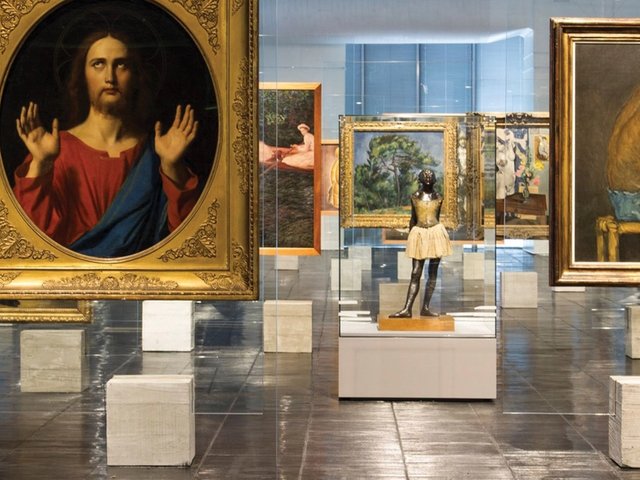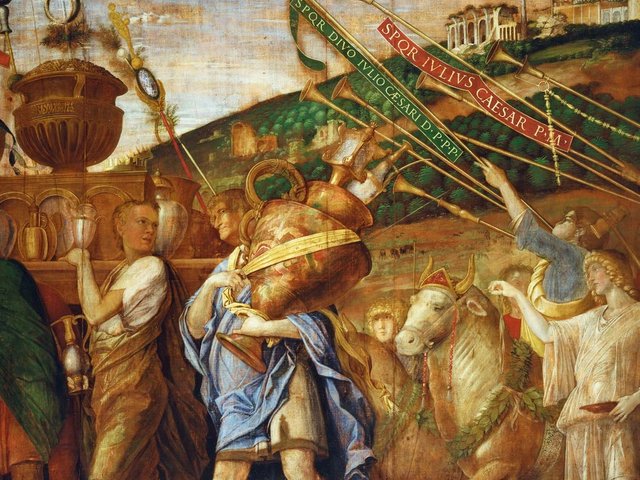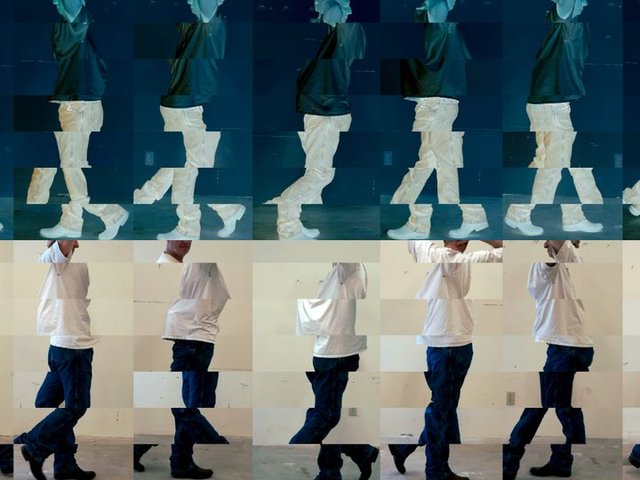After its acclaimed presentation in New York in 2016, Taryn Simon’s An Occupation of Loss (until 28 April) has been reworked for a subterranean space in Islington, produced by the visionary commissioners Artangel. Here, thin neon columns dimly light a cavernous three-storey circular space surrounded by balconies. On stages dotted around two of the floors are professional mourners from 11 countries, whose songs, cries and mantras—as well as a gentle accordion ditty—fill the air simultaneously. The mourners are separated from their usual contexts in diverse global communities, where they mark death, express communal suffering and aid the progress of souls to the afterlife. Here, the evidence of their artifice is laid bare: as we walk among them, we witness their craft. The brilliance of Simon’s work is that we are unavoidably embroiled in the high emotions they project, so the experience is unsettling and at times even gut-wrenching.
The shortlisted and winning entries from the 2018 Sony World Photography Awards go on show at Somerset House today (20 April-6 May), with more than 300 images across ten professional sections such as portraiture and still-life. The UK photographer Alys Tomlinson, the winner of the Discovery section, also won overall and was named photographer of the year for her images of Catholic and Christian pilgrimage sites in Ireland and Poland. “This series, entitled Ex-Voto, explores the relationship between faith, people, and the landscape,” Tomlinson says. A section of the exhibition is dedicated to the German photographer Candida Hofer, who was honoured for her outstanding contribution to photography.
If you are interested in photography, do not miss the Hayward Gallery’s retrospective of the German photographer Andreas Gursky (until 22 April), which closes this weekend. As well as Gursky’s huge recent works, which are often digitally manipulated, the exhibition is a great opportunity to see the photographer’s earlier works from the 1980s and 1990s that many will be less familiar with. There are some exquisitely serene and beautiful photographs such as Krefeld, Chickens (1989), where a central cockerel stares directly at the camera while his fellow poultry scratch about, and Dolomites, Cable Car (1987) where the single red cable car seems suspended in mid-air as its lines are obscured by mist in the silent landscape. While visiting, also make time to see the new group exhibition Adapt to Survive (until 11 June) that opened this week in the gallery’s small project space with works that imagine how the world may appear in the future. Among works is Bedwyr Williams’s high-definition digital painting, Tyrrau Mawr (2016), which won the Artes Mundi prize in 2016 and shows an imagined city in rural Wales accompanied by vignettes on its inhabitants read by the artist.





